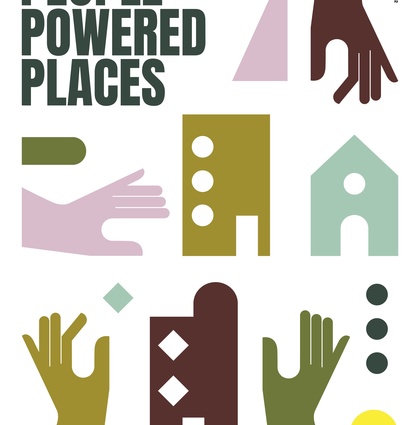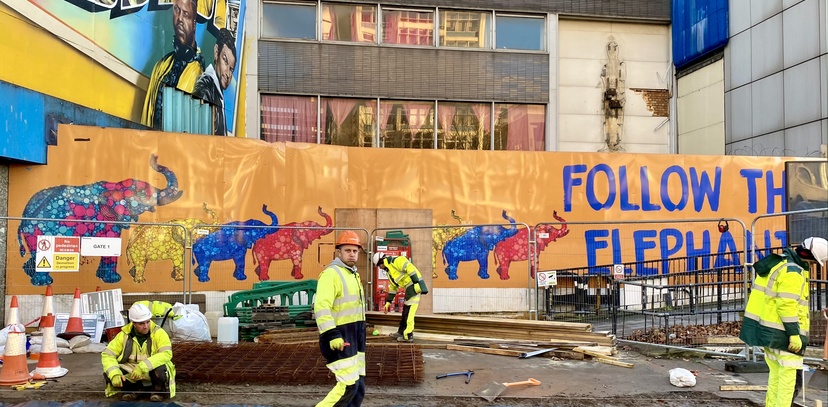

We've been collaborating with architects Metropolitan Workshop on their two year investigation into community engagement practices. Nicola Bacon has written these thoughs about social value to help this "People Powered Places" programme.
Social value is a concept that we work with daily. But the notion remains difficult to explain accessibly and succinctly. Careers have been built on the back of the idea, millions of words have been written describing, analysing and critiquing it. However, it remains a slippery concept; one that sometimes helps bring insight and clarity, one that sometimes focuses too narrowly on employment and green infrastructure, and at worst, one that can be used to muddle and distract.
For us, it is at heart what the built environment contributes that isn’t about money. One quote we use a lot is from Geoff Mulgan, in the Stanford Social Innovation Review: “Social value: the wider, non-financial impact of programmes, for example on individual wellbeing, group social capital and area-level physical environment.”
Our work focuses on the relationship between people and the places they live in, and use. We believe that lived experience and how we feel about places – whether we feel at home and that we belong, how we feel about our neighbours and other people around us, whether we feel safe, whether we feel we have control over our environment – are all critical to our wellbeing. It is easy for built environment professionals to agree, but much more difficult in practice to work out strategies to design, plan, manage and invest in things that are seen as intangible and somehow nebulous.
We use the concept of social sustainability to express some of these ideas. It’s a strong idea, sitting alongside environmental and economic sustainability, but also a tactical way of drawing attention and focus to our lived experience.
Social value becomes useful to frame how we think about the impact of new developments, or regeneration schemes. How do schemes deliver value to the people who will live in them, how will they impact on people in the area, and who wins and who loses from change?
In Elephant and Castle, we have seen a massive intervention in the built environment as old structures, and their social meaning, are knocked down and replaced. Over 1,200 council homes in the Heygate Estate have been demolished, the thriving economic and social space hat was the Elephant & Castle Shopping Centre has recently become rubble – our research in 2014 showed how this space helped Latin American and other migrant traders and their families to thrive economically and socially. We are yet to see how their replacements a value to the people who live in them and use them, and to the wider area.
Our work on social value tries to capture the things that matter in everyday life. This sits alongside our understanding of inequality, of deprivation and social justice. We know that lives are damaged by the experience of living in poverty, discrimination and inequality. But if you don’t feel at home, or safe, in your neighbourhood this experience is exponentially worse. Neighbourliness and strong sense of belonging and trust in the community can be strong protective assets in places where residents live with the impact of material deprivation.
We’ve experimented with different ways of capturing social value, measuring the social sustainability of the South Acton Estate regeneration programme over time with three assessments, codesigning a social value framework with regeneration partners on Woodberry Down, or investigating the social value of the Hackney Carnival.
For us, the value of social value is that it surfaces the ordinary and everyday things that are supporting quality of life – the invisible assets of a place that architects and other professionals sometimes find difficult to see. And critically, it guides design, investment and planning to create places that work for people.
